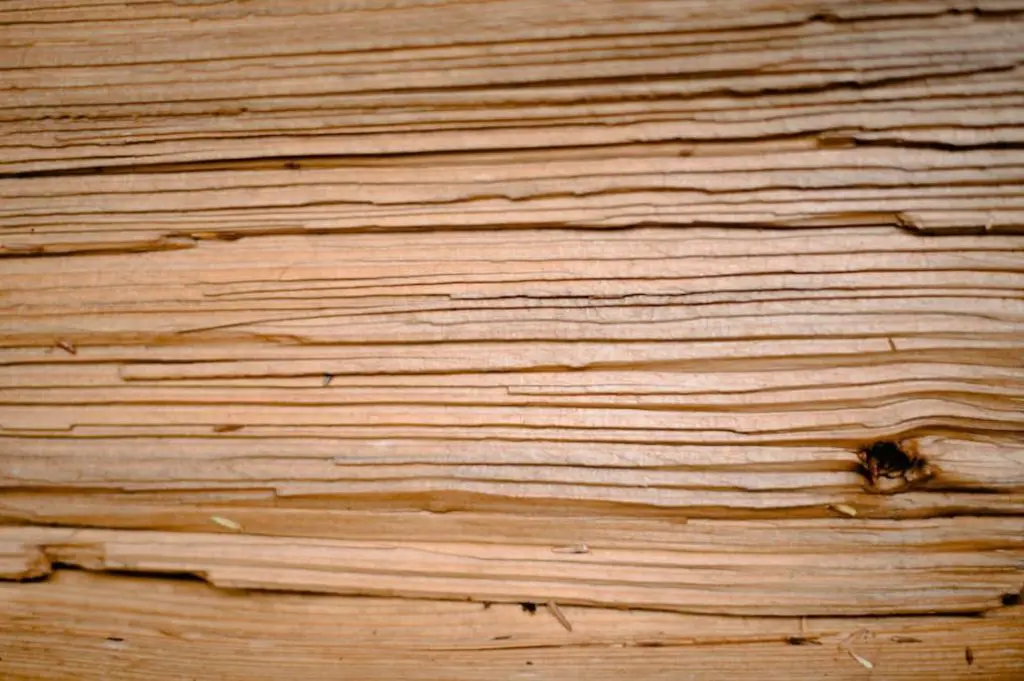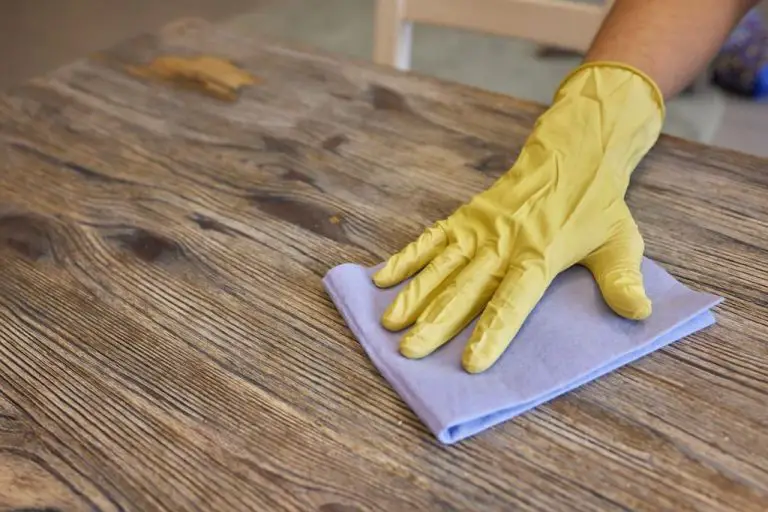What Type Of Wood Comb Is Best?
Many different types of wood are used to craft combs, each with their own unique properties. Some of the most common woods used are:
- Sandalwood – Has a smooth texture and a sweet, woody aroma. Sandalwood is durable yet gentle on hair and scalp.
- Boxwood – Known for its fine, dense grain. Boxwood combs are sturdy and smooth.
- Olivewood – Has a distinctive grain pattern and color. Olivewood is moisture resistant.
- Bamboo – A fast growing, sustainable material. Bamboo combs are lightweight yet strong.
- Rosewood – Decorative wood with a nice figure and color. Rosewood is smooth but can be brittle.
- Teak – Has natural oils that prevent moisture damage. Teak produces durable, water-resistant combs.
- Maple – Light colored, durable, and smooth. Maple is easy to work with which makes beautiful combs.
The choice of wood affects the texture, strength, moisture resistance, smell, and aesthetic of a comb. We’ll explore the properties of different woods in depth to understand the advantages of each type.
Wood Hardness

The hardness of wood is measured using the Janka hardness test. This test measures the force required to embed a 0.444″ steel ball to half its diameter in a sample of wood. The force is measured in pounds-force (lbf). Harder woods require more force to embed the steel ball, resulting in a higher Janka hardness rating.
Some examples of wood Janka hardness ratings are Lignum vitae at 4,500 lbf, Australian Buloke at 5,060 lbf, and Old Growth Eastern US Hickory at 1,820 lbf. The hardest wood species tend to be dense tropical hardwoods, while softer woods are often pine species like Eastern White Pine at 420 lbf.
In general, harder woods are more durable and resistant to wear and scratches. However, they are also more difficult to work with and can be brittle. Softer woods are easier to cut and shape but may dent and scratch more easily. The appropriate wood hardness depends on the intended use of the wood comb.
Texture
The texture of a wood comb refers to the smoothness and grain pattern of the wood. Some key considerations for texture include:
Smoothness – Some woods like maple and beech are naturally smooth and polished, while woods like oak have a more open grain that feels more textured. Very smooth woods can glide through hair more easily.
Grain patterns – The grain refers to the pattern of fibers in the wood. Common patterns include straight grain, which has fibers running parallel; wavy grain, with slight undulations; and curly grain, which has a flowing, twisted appearance. Curly grain woods like walnut can be highly decorative.
Woods with a tighter, more closed grain like cherry or maple will feel smoother than open-grained woods like oak or ash. The grain pattern impacts the texture and how smoothly the comb moves through hair.1
Durability
The durability or resistance to wear and tear over time is one of the most important factors when selecting a wood comb. Harder wood types like ebony, rosewood, and teak will be the most durable options. According to this source, heartwood, which is the innermost part of the tree, is usually more durable than sapwood.Dense woods with closely packed grain patterns resist splitting and cracking better than open-grained woods over time. Closed grain woods like cherry, maple, and walnut tend to be more durable. Open grain woods like oak, ash, and chestnut are still durable but may require more maintenance.
Softer, less dense woods like pine are more prone to scratches and dents with regular use. Overall, opting for a hardwood comb made from dense heartwood will provide the most durability and longevity.
Aesthetics
The visual appeal of a wood comb depends largely on the natural color and grain patterns of the wood species used. Some of the most aesthetically pleasing woods for combs include:
Cherry wood has a rich, reddish-brown hue that darkens into a luxurious, deep brown over time with exposure to light. Cherry’s fine, straight grain also adds interest. As noted by House Grail, “It has a dark and luxurious look, making it a favorite among cabinetmakers and furniture builders.”
Maple wood has a creamy white color and uniformly straight grain that results in a clean, attractive look. Curly or quilted figure maple exhibits appealing ripples in the grain.
Cocobolo has vibrant reddish, orange, and brown coloration with irregular grain patterns that create a dramatic, bold look. The wood exhibits random markings and a high natural luster.
Purpleheart wood has a distinctive violet hue that transforms into a rich brown over time. The contrast between the purple and brown colors adds visual interest.
Padauk is a bright, intense orange-red wood that naturally darkens over time. It has an eye-catching color not found in many other woods.
Wood combs made from woods with beautiful, distinctive natural colors and grains have appealing aesthetic qualities. The visual appeal often comes down to personal preference for different color tones and grain patterns.
Sustainability
When choosing a wood comb, it’s important to consider sustainability. Many woods, like ebony and rosewood, are harvested from tropical forests in an unsustainable manner. Environmental groups recommend purchasing wood products only from certified sustainable sources like the Forest Stewardship Council (FSC). The FSC promotes sustainable forestry practices like selective harvesting, forest restoration, and protection of old growth trees and wildlife habitat (https://eos.com/blog/sustainable-forestry/).
Opting for sustainably-sourced wood helps ensure healthy forests for future generations. Responsible forestry practices maintain biodiversity, soil quality, and ecosystem services while still allowing for productive timber harvesting. Sustainably managed forests are less susceptible to deforestation and habitat destruction. By purchasing an FSC-certified wood comb, you can support renewable sources and responsible forestry.
Cost
When selecting a wood comb, cost is an important factor to consider. The price of a wood comb can vary greatly depending on the type of wood used.
Less expensive wood combs, like those made from basswood or poplar, typically cost $5-15. These woods are relatively abundant and easy to work with, keeping costs down.
Mid-range wood combs made from maple, cherry, or walnut generally cost $15-30. These woods are harder than basswood and take more effort to craft into combs, increasing the price.
Premium wood combs made from rare and exotic woods like ebony, rosewood, or sandalwood can cost $30-100. These woods are rare, tightly grained, and difficult to source, driving up the price significantly.
Handmade combs from artisan woodworkers also command higher prices, especially if made with intricate designs or inlays. The labor involved increases costs. Mass-produced combs tend to be cheaper.
Consider your budget, but remember that more expensive woods make durable, beautiful combs that can last a lifetime if properly cared for.
Availability
When it comes to availability, wood comb materials generally fall into two categories – common woods and rare woods. Common types of wood used for combs include maple, cherry, walnut, oak, and mahogany. These woods are widely available from major lumber suppliers. Rare and exotic woods like ebony, rosewood, and purpleheart are harder to source and can be quite expensive.
If sustainability and responsible forestry practices are a priority, many common domestic hardwoods can be obtained through suppliers who harvest timber from managed forests. However, some rare tropical woods are only available as reclaimed lumber. There are ethical concerns regarding endangered woods that may come from illegal logging. Do your research to determine the source of any exotic woods.
Ultimately the availability of certain wood types depends on geography and regulations. While exotic woods can be sourced online, you may pay premium pricing and shipping costs. For most buyers, locally available domestic hardwoods provide the best balance of quality, sustainability, and affordability.
Maintenance
Proper maintenance is key to ensuring your wood comb stays looking its best and functioning properly. Here are some tips for maintaining your wooden comb:
Regularly brush out any hair or debris from between the teeth using an old toothbrush or cleaning brush. This prevents buildup which can lead to snagging.1
Condition the wood every few weeks by rubbing a small amount of natural oil into it. Coconut, olive, jojoba or vitamin E oils work well. Let it soak in for 30 minutes then wipe away excess. Conditioning prevents drying out and cracking.2
For deeper cleaning, soak the comb in a mixture of warm water, mild soap and oil for 2-3 minutes. Gently scrub with a soft cloth. Rinse thoroughly and allow to air dry before conditioning.3
Avoid soaking wooden combs for prolonged periods, abrasive scrubbing or harsh detergents which can damage the wood. With proper care, a quality wood comb can last for years.
Summary
When evaluating the best wood for combs, some of the top choices include neem wood, boxwood, cherry wood, sandalwood, and sucupira wood. Each wood has its own unique properties to consider.
Neem wood is highly durable, strong, and resistant to damage making it one of the best woods for combs. However, it can be difficult to source sustainably. Boxwood is also very hard and smooth but is lightweight. Cherry wood offers beauty with its rich color but may not be as durable as harder woods. Sandalwood has a pleasing aroma but can be expensive and rare. Sucupira is extremely dense and resistant to moisture.
In summary, if durability and strength are top priorities, neem and boxwood are likely the best options. For aesthetics, cherry and sandalwood offer visual appeal. Sucupira is ideal for moisture resistance. Consider availability, sustainability, scent, and maintenance requirements when selecting the ideal wood for a comb’s intended use and personal preferences.






